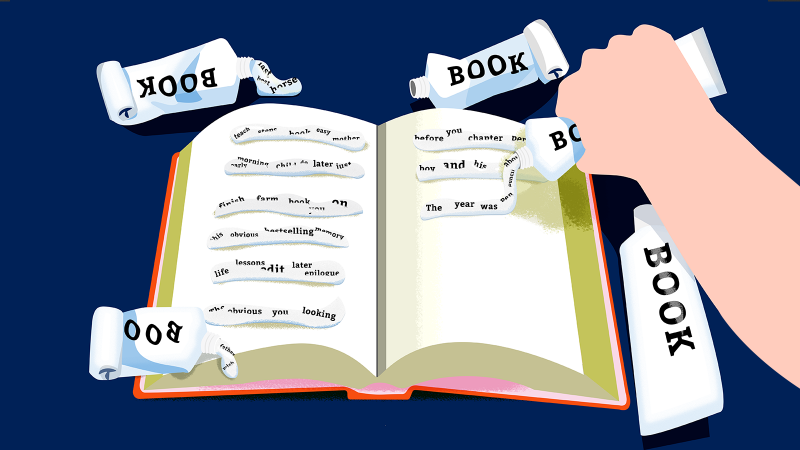Plotting Your Fiction Book: Tips and Techniques

Introduction
When it comes to writing a fiction book, one of the most crucial elements is the plot. A well-crafted plot can captivate readers and keep them engaged from beginning to end. However, developing a compelling and cohesive plot can be a daunting task. In this article, we will explore some essential tips and techniques to help you effectively plot your fiction book.
Understand the Elements of a Plot
Before diving into the process of plotting your book, it's essential to understand the key elements of a plot. Every plot consists of several components, including the exposition, rising action, climax, falling action, and resolution. The exposition introduces the main characters, setting, and initial conflict. The rising action builds tension and develops the conflict, leading to the climax, which is the turning point of the story. The falling action follows the climax and wraps up loose ends, leading to the resolution.
Start with a Strong Concept
A strong concept forms the foundation of a compelling plot. Think about what makes your story unique and interesting. Develop an intriguing premise that will capture readers' attention and make them want to know more. Your concept should be fresh, engaging, and have the potential for conflict and emotional resonance.
Outline the Key Events
Creating a detailed outline of the key events in your story is an effective way to plot your book. Start by identifying the major plot points, such as the inciting incident, major conflicts, and the climax. Then, break down each major plot point into smaller events that connect them. This outline will serve as a roadmap for your writing process, helping you stay focused and organized.
Develop Three-Dimensional Characters
Characters play a crucial role in driving the plot forward. Develop well-rounded, three-dimensional characters that readers can connect with and root for. Each character should have their own goals, motivations, and conflicts. Consider how their actions and decisions will impact the plot and other characters. By creating believable and compelling characters, you will enhance the overall quality of your plot.
Create Conflict and Tension
Conflict and tension are essential to keep readers engaged throughout your book. Introduce obstacles, challenges, and conflicts that your characters must overcome. These obstacles can be external, such as a villain or a natural disaster, or internal, such as inner struggles and doubts. Increasing the stakes and intensifying the conflicts as the story progresses will help maintain a sense of tension and urgency.
Pace Your Plot Effectively
A well-paced plot keeps readers turning the pages. Balancing action-packed scenes with quieter, reflective moments is crucial. Ensure that the pace of your plot matches the emotional intensity and significance of the events. Avoid long stretches of inaction or overly frenetic sequences. Pay attention to the rhythm and flow of your story, allowing the plot to unfold at a pace that keeps readers hooked.
Seek Feedback from Beta Readers and Editors
Once you have finished plotting your book, seeking feedback from others can provide valuable insights. Beta readers can offer a fresh perspective and identify any plot holes, inconsistencies, or pacing issues. Additionally, working with professional editors, such as the best book editors in the industry, can help polish your plot to perfection. They can provide feedback on the overall structure, character development, and plot progression, ensuring that your book resonates with readers.
Conclusion
Plotting a fiction book requires careful planning and attention to detail. By understanding the key elements of a plot, starting with a strong concept, outlining the key events, developing three-dimensional characters, creating conflict and tension, pacing your plot effectively, and seeking feedback from beta readers and editors, you can craft a compelling and engaging plot. With dedication and practice, you'll be well on your way to creating a book that captivates readers from beginning to end.
- Art
- Causes
- Crafts
- Dance
- Drinks
- Film
- Fitness
- Food
- Games
- Gardening
- Health
- Home
- Literature
- Music
- Networking
- Other
- Party
- Religion
- Shopping
- Sports
- Theater
- Wellness
- IT, Cloud, Software and Technology


